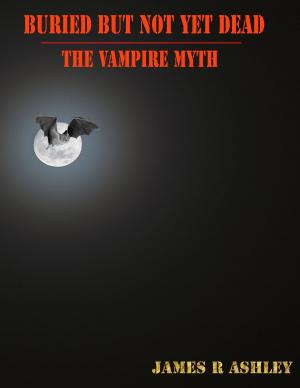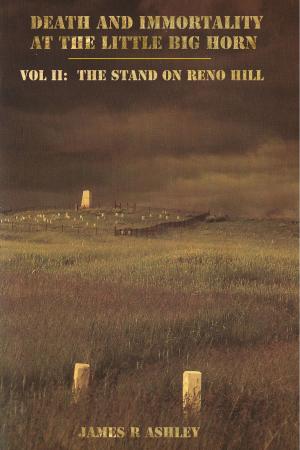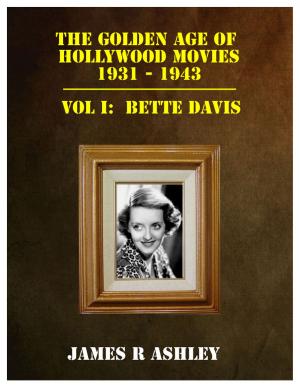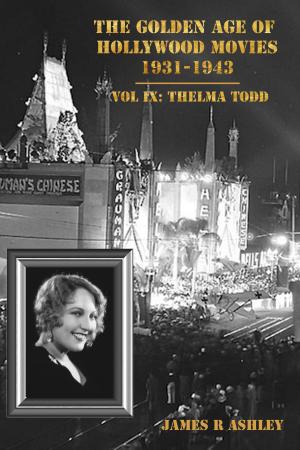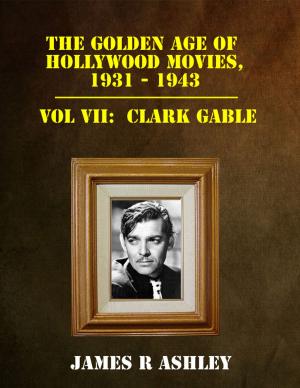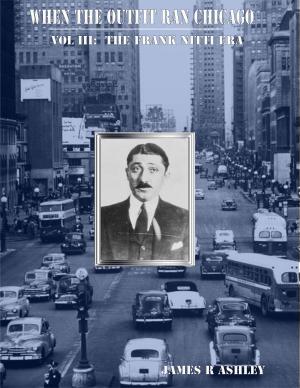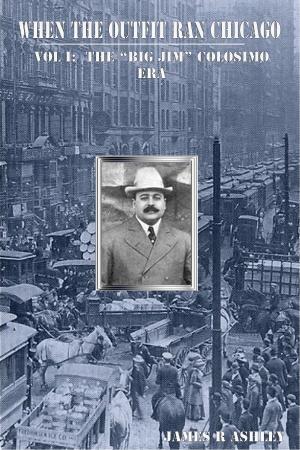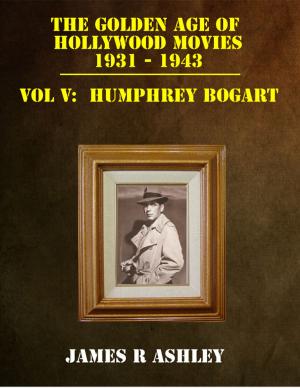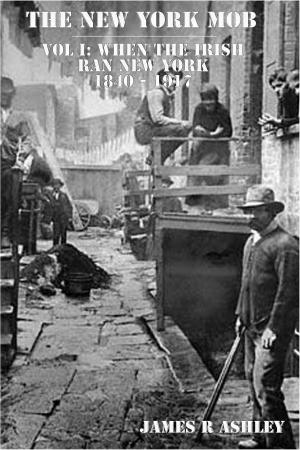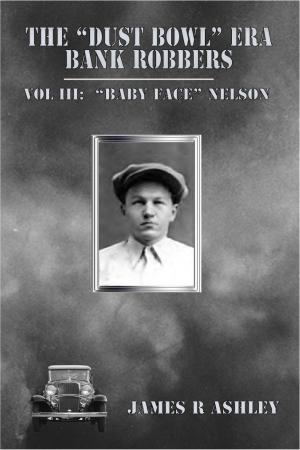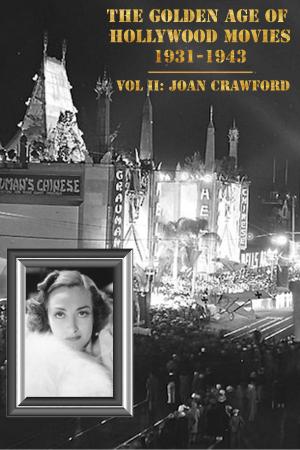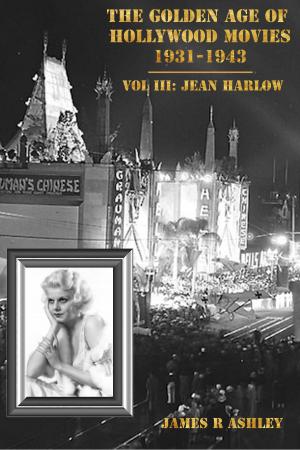| Author: | James R Ashley | ISBN: | 9781301872107 |
| Publisher: | James R Ashley | Publication: | August 5, 2013 |
| Imprint: | Smashwords Edition | Language: | English |
| Author: | James R Ashley |
| ISBN: | 9781301872107 |
| Publisher: | James R Ashley |
| Publication: | August 5, 2013 |
| Imprint: | Smashwords Edition |
| Language: | English |
East London included the London docks and run-down areas of Whitechapel, Spitalfields, and Bethnal Green As the parish of Whitechapel in London’s East End became increasingly overcrowded, housing conditions steadily worsened and the area was overrun with violence, robbery, and alcoholism. London’s East End was perfect for crime. A maze of streets, alleys, courts, and yards covered the East End and the gaslights, which were few and far between, did little to illuminate the dark shadows. The Ripper’s chosen victims, the prostitutes of the East End, were easy kill targets. The woman working the streets in the East End were hardly a dream date. Many were overweight or skinny with homely faces, missing teeth, bad breath, and were outright drunks with hair-trigger tempers and nasty dispositions. They typically lived in flophouses (the “doss houses”) whenever they did not drink their money away and walked about with everything they owned on their person. Although these prostitutes might not have won any beauty contests, at least they were available for a man to satisfy his sexual needs in an age when their Victorian Era wives considered sex as a task to be reluctantly endured to procreate children.
Sex was usually performed standing up against a building or fence, as the prostitute had no inclination to lay down on her back in the mud in her only change of clothes. In most cases the prostitute lifted up her dress with her back to the client. She was the perfect target for the Ripper and obligingly set her self up to have her throat easily slit in a dark corner of the street or alleyway with little effort or struggle.
This book contains virtually all the information available to the London Metropolitan Police and Scotland Yard in 1888 along with subsequent hindsight the police at the time did not have at the time. And although some suspects were clearly identified by the police as possibilities for Jack the Ripper, the lack of evidence and lack of credibility of eye witness accounts did not result in any suspect being charged for the Ripper murders, let alone being prosecuted for them. Having to rely almost entirely on unreliable witness recollections severely crippled the police investigation. They had no motive leads to follow up, as the murders were a completely random crime of butchery without rhyme or reason. Also, the police of the time had none of the tools necessary to establish corroborating evidence, like fingerprint files, DNA, or hair sample analysis technology. No weapon was ever recovered nor any clues found at the crime scene or anywhere else. The chances of finding the Ripper under such circumstances was infinitesimal. The result was that back in 1888 a serial killer in the East End of London murdered a number of prostitutes with impunity. The London police were powerless to catch him, although they did, on a number of occasions, arrive on the crime scene only minutes after the murder was committed. Despite this, the Ripper always disappeared in the maze of the dark streets and alleyways of the East End without being seen. And when the Ripper stopped his murderous spree, it was for reasons known only to himself.
The Ripper’s murderous serial killings must certainly go down in the history books as one of the great unsolved mysteries of all time. Therefore, anyone that thinks he can do better than the police of the time or the numerous writers after, read on and put your ability to the test and see if you can close the book on the infamous Whitechapel murders to your satisfaction. You will never find a crime more worthy of your efforts.
East London included the London docks and run-down areas of Whitechapel, Spitalfields, and Bethnal Green As the parish of Whitechapel in London’s East End became increasingly overcrowded, housing conditions steadily worsened and the area was overrun with violence, robbery, and alcoholism. London’s East End was perfect for crime. A maze of streets, alleys, courts, and yards covered the East End and the gaslights, which were few and far between, did little to illuminate the dark shadows. The Ripper’s chosen victims, the prostitutes of the East End, were easy kill targets. The woman working the streets in the East End were hardly a dream date. Many were overweight or skinny with homely faces, missing teeth, bad breath, and were outright drunks with hair-trigger tempers and nasty dispositions. They typically lived in flophouses (the “doss houses”) whenever they did not drink their money away and walked about with everything they owned on their person. Although these prostitutes might not have won any beauty contests, at least they were available for a man to satisfy his sexual needs in an age when their Victorian Era wives considered sex as a task to be reluctantly endured to procreate children.
Sex was usually performed standing up against a building or fence, as the prostitute had no inclination to lay down on her back in the mud in her only change of clothes. In most cases the prostitute lifted up her dress with her back to the client. She was the perfect target for the Ripper and obligingly set her self up to have her throat easily slit in a dark corner of the street or alleyway with little effort or struggle.
This book contains virtually all the information available to the London Metropolitan Police and Scotland Yard in 1888 along with subsequent hindsight the police at the time did not have at the time. And although some suspects were clearly identified by the police as possibilities for Jack the Ripper, the lack of evidence and lack of credibility of eye witness accounts did not result in any suspect being charged for the Ripper murders, let alone being prosecuted for them. Having to rely almost entirely on unreliable witness recollections severely crippled the police investigation. They had no motive leads to follow up, as the murders were a completely random crime of butchery without rhyme or reason. Also, the police of the time had none of the tools necessary to establish corroborating evidence, like fingerprint files, DNA, or hair sample analysis technology. No weapon was ever recovered nor any clues found at the crime scene or anywhere else. The chances of finding the Ripper under such circumstances was infinitesimal. The result was that back in 1888 a serial killer in the East End of London murdered a number of prostitutes with impunity. The London police were powerless to catch him, although they did, on a number of occasions, arrive on the crime scene only minutes after the murder was committed. Despite this, the Ripper always disappeared in the maze of the dark streets and alleyways of the East End without being seen. And when the Ripper stopped his murderous spree, it was for reasons known only to himself.
The Ripper’s murderous serial killings must certainly go down in the history books as one of the great unsolved mysteries of all time. Therefore, anyone that thinks he can do better than the police of the time or the numerous writers after, read on and put your ability to the test and see if you can close the book on the infamous Whitechapel murders to your satisfaction. You will never find a crime more worthy of your efforts.

